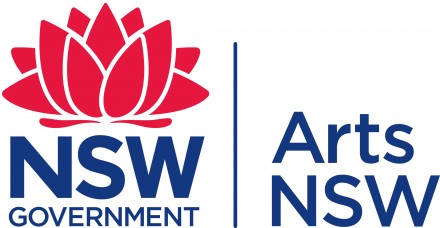Arriving in Bantayan
In the poetry suite Bantayan Notebook, Merlie M Alunan narrates a first-person persona’s journey to Bantayan Island. Bantayan is located in the Visayan Sea, off the northern coast of Cebu Island in the Philippines. The island is part of Cebu province and comprises three municipalities: Bantayan, Madridejos and Santa Fe.
The title itself has the makings of a travelogue, literally a notebook. The individual titles of the serial poems add to this itinerary style of narrative: ‘Landing at Santa Fe,’ ‘Odysseus Cripple at Bantayan Island,’ ‘Entering Hagnaya,’ and ‘Leaving Santa Fe.’
Focusing on the book-ends of the suite, ‘Landing at Santa Fe’ and ‘Leaving Santa Fe,’ reveals the effectivity of cataloging as a poetry technique. ‘Landing …’, for example, lists down the things that the persona and fellow travelers used to get to Santa Fe. ‘tin cans, / hollow drums, sealed bottles / filled with air and a wish / a dreamer tosses to the waves / to float where it will’ – empty things that allowed for their arrival at the island. The second stanza emphasises the need for such emptiness, as the dramatic situation reveals that the travellers had to leave their baggage behind – a careful deal with balance and weight (or rather, weightlessness). It suggests coming to the island with no baggage (from literal to metaphorical) and with openness. This is further supported by the next lines: ‘come without a name,’ suggesting the power of the place, of Santa Fe.
‘Leaving Santa Fe’ brings back this versification of weightlessness: ‘Nothing there to weigh our bags / or fill loose spaces in our luggage, / claim only what memory may hold.’ Arrive with nothing, leave with nothing – except for the memories. These memories, specifically the listed names of birds, of litter on the shore, of children on the water’s edge, words for welcome and farewell, are more than enough to bring home with them.
others: names of birds, guryong, kanaway, strange new words we picked up with the litter on the shore— litob, sikad-sikad, punaw, imbao, bonkawil. Wild on the water’s edge, thin brown children, fed it may be, on rations of air, thriving on laughter, their names familiar, too easy to say: Michelle, Jennifer, Raymond, Gingging, Flores, and a girl named Esperanza, and more: the clams we stole from the riptide, empty, the shells hollow and haunted by echoes.
Born in Iloilo, Alunan has lived in several places in the Visayas: Cebu City, Ormoc City and Tacloban City in Leyte, and Dumaguete City in Negros Oriental. This nomadic life is reflected (and pondered upon) in her conscious choice to write her poems in Cebuano, as written in her author’s note for the poetry collection Pagdakop sa Bulalakaw: Ug Uban Pang Mga Balak. Finding the courage to write in Cebuano (and identifying it as a language she’s merely borrowing) was Alunan’s way as a ‘roving poet’ to leave a steady trail for the ‘even more peripatetic readers’ to ‘bring them home,’ as she wrote in the author’s note, in the same way that echoes forever haunt the empty clams and shells they stole in Bantayan.
While Alunan’s Bantayan Notebook is not explicitly a homecoming narrative, unlike Evasco’s ‘It Is Time to Come Home’ and Igloria’s ‘Hill Station,’ the suite underscores the interconnectedness and unity of the islands.
These Filipina poets, through ecopoetry, challenged Eurocentric biases in travel literature that persisted for a long time. Instead of the European traveler as the enlightened observer, the Filipino persona – who is returning home – is given the agency to represent not only the hometown but also recognise the experiences of the diaspora. Instead of exoticising and romanticising Baguio, Bohol and Cebu as tourist destinations, their nuanced history is put front and centre.
Through Alunan’s look at Bantayan, we are reminded of the chasm between the islands and how they are connected by the life that dwells on each. Through Evasco’s homecoming in the Abatan River, we are prompted to relearn the knowledge and wisdom we may have forgotten, through Igloria’s history lesson of Baguio we are encouraged to think about our sense of identity as Filipinos. By offering empowering representations, their works invite readers to look beyond the surface-level beauty of these spaces, engage with these places’ deeper cultural and ecological significance, and find a sense of home.









